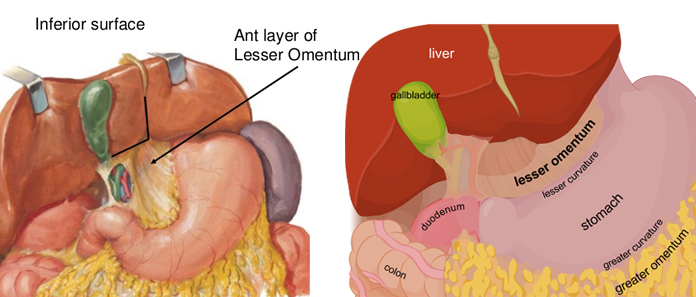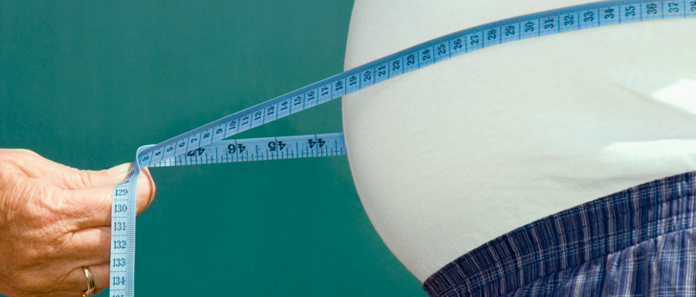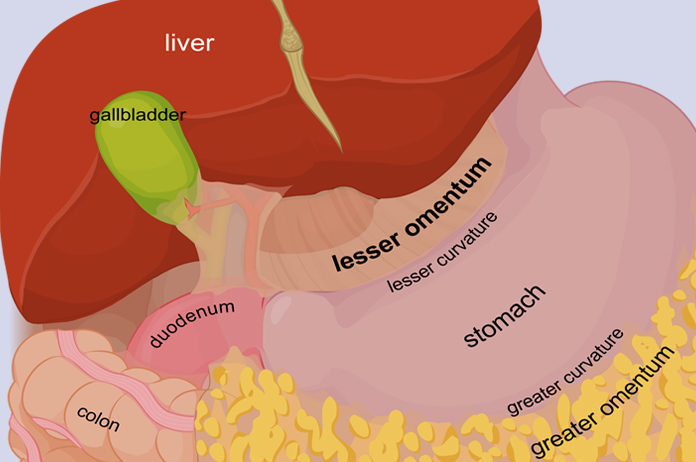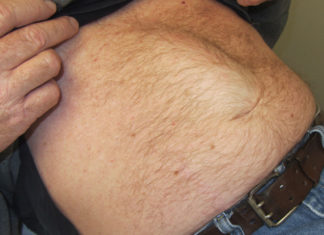Omentum (Latin for “apron”) is a body part composed of two different layers of fatty tissues and can be found in the lower abdominal area of the human body.
Its primary function is to cover and support the organs present in this part of the body. The Omentum is often differentiated into two parts – the Greater and Lesser Omentum, which is responsible for storing deposits of fat and joining the intestines and the stomach, respectively. More on the structure and functions will be discussed in this article.
The Greater Omentum – A Closer Look
The Greater Omentum is often called by many other names like the Epiploon, Gastrocolic Omentum, Great Omentum or Omentum Majus. When it comes to animals, it takes the name – Caul.
This part is the visceral peritoneum and looks like a long fold beginning near the stomach and hanging down. The Great Omentum starts from the stomach’s greater curvature and the mouth of the duodenum, passes across the small intestines –going as low as the pelvis sometimes and then folds over itself to ascend the transverse column.
All this done, it finally reaches the posterior part of the abdominal wall. It looks like it is floating on the surface of the intestines, thus earning it the name “Epiploon”, originating from the Greek word “Eileen”, meaning “to sail or to float on”.
If the abdominal cavity is opened from the anterior side, this is the first structure observed.
Greater Omentum – The Structure
Simply speaking, The Greater Omentum is joined to the gastrosplenic ligament on the left and the right. It goes as far as the duodenum.
The splenorenal ligament, connecting the left kidney and the spleen, sometimes becomes a part of the Greater Omentum.
While the layers of the Omentum can be singularly identified easily in the young, in adults, they can mostly be seen in an inseparable
These tissues can accumulate to a great extent for people suffering from Obesity. This part of the body usually gets its supply of blood from the gastroepiploic vessels.
Greater Omentum – How It Functions
The Greater Omentum is primarily responsible for fat deposition and comprises adipose tissues, which are known to vary from one person to another.
Due to the milky spots of macrophage collections present in it, the Greater Omentum also contributes to the development of the body’s immunity.
Moreover, it can also limit the spreading of intraperitoneal infections and help in the isolation of wounds. This it does by wrapping itself around the areas of infection and trauma.
The Lesser Omentum – A discussion

The Lesser Momentum, the other part of the Omentum, is also known as the Small Omentum or the Gastrohepatic Omentum.
This may be described as that part of the peritoneum found in doubled layers and extends from the mouth of the duodenum and the lesser curvature of the stomach to the liver.
Lesser Omentum – The Structure
The Lesser Omentum is much thinner than the Greater Omentum and continues with the two peritoneal layers covering the posteroinferior and anterosuperior surfaces of the stomach and the first part duodenum, respectively.
At the point where the two layers of the Lesser Omentum reach the duodenum and the lesser curvature of the stomach, they fuse and ascend to the porta hepatis in the form of a double fold.
On the left of porta hepatis, the Lesser Omentum is joined with the bottom of the fossa for the ductus venosus. It goes along the same to the diaphragm, where the two layers are seen to be separating to join the end of the oesophagus.
On the right border, the Lesser Momentum’s layers run continuously like a free margin constituting the omental foramen’s anterior boundary.
Lesser Omentum – The Divisions
Anatomically, the Lesser Omentum consists of several s, all of the names of which have the prefix – “hepato”, indicating that all these layers ultimately go and connect to the liver at one end.
In most cases, they are divided primarily into two parts – the hepatogastric ligament and the hepatoduodenal ligament. As the names imply, the hepatogastric ligament connects with the lesser curvature of the stomach while the hepatoduodenal ligament goes and joins the duodenum.
In some other cases, the

Why You May Need to Shrink the Omentum
In
Once it reaches an unhealthy state, it can cause various health issues like unhealthy arteries, unstable blood sugar or inflammation. In an ideal case, men should have an Omentum measuring 35 inches, and women should have a measure of 32.5 inches.
The perfect way to measure it is by sucking in the stomach as much as possible and then measure by the belly button as the Omentum cannot be sucked in.
Shrinking the Omentum can be especially difficult if the person has other health problems. The ideal way to maintain good health is to eat natural foods, i.e. those that do not contain high sugar or high fat and include many grains in the food menu. Find a regular sleep cycle is also a great way towards health. Another great way of reducing the size of the Omentum is to walk and regularly and keep the body as fit as possible.






